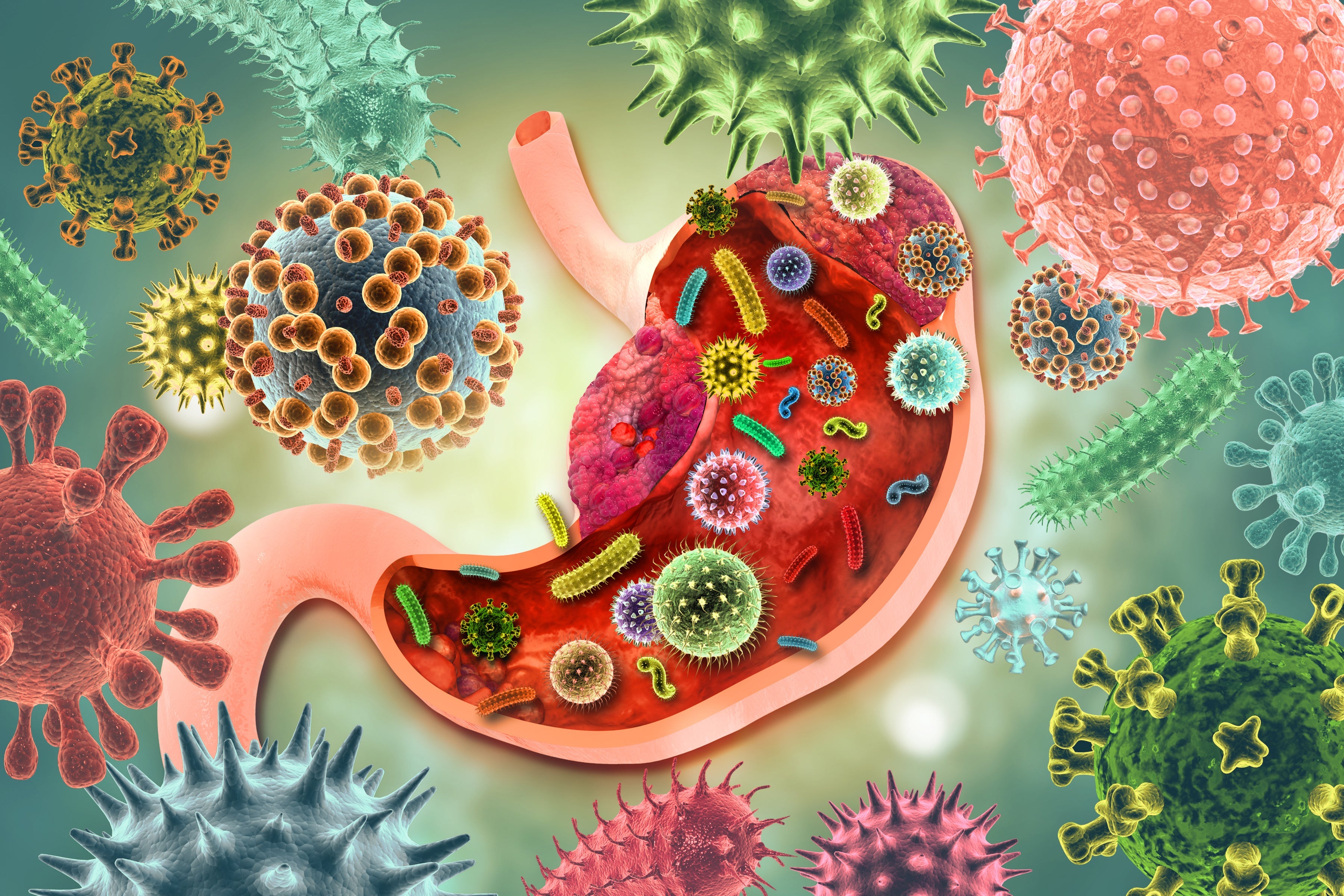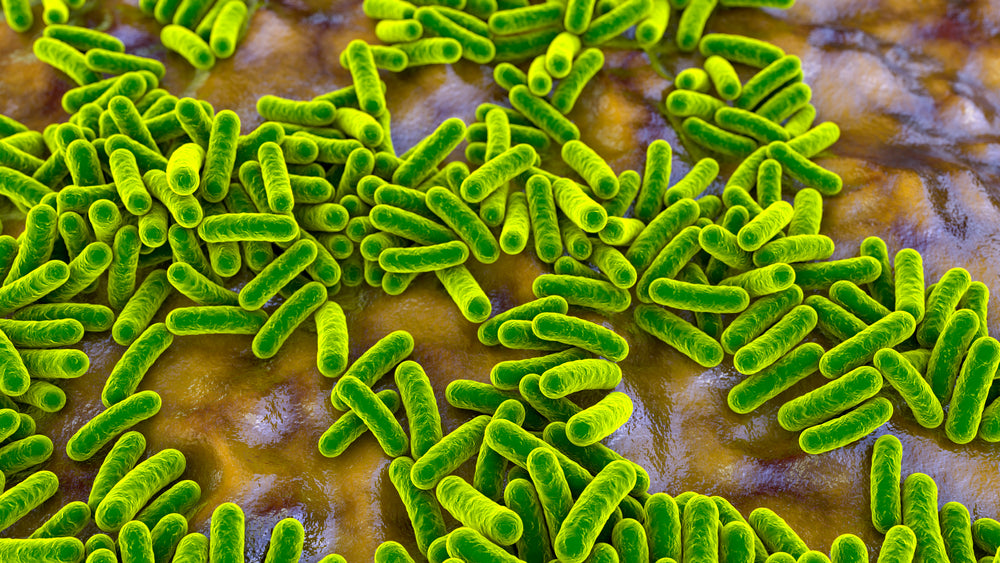Author: Lauren Parchi (Nutritionist)
It is now commonplace to walk down the health aisle of your supermarket and be faced with a wall of "kids dietary supplements." From gummies to bars, powders and shakes, the choices are overwhelming for any parent! But does your child really need health supplements?
Top 5 takeaways regarding children and supplementation:
- It is critical that children receive adequate nutrition to meet growth targets. Children have an increased need for protein, calcium, and vitamin A.
- Children are not getting what they need from diet alone. The rise in the consumption of processed foods and poor soil quality has decreased the nutrient value of our food.
- Food allergies and intolerances are on the rise among children. These conditions can result in missing nutrients in the diet.
- "Picky eating" behaviors are common and are a key factor in why children may not be getting what they need from their diet.
- Dietary supplements such as Kids Good Stuff, can help to “fill the gaps” in your child’s diet and ensures they are getting the nutrients they need to fuel their growth and development.
Supporting kids’ growth and development
Childhood growth and development can be categorized into two key phases. Phase one consists of rapid growth from birth to 24-months and phase two includes steady growth from 24-months to the onset of puberty.1 Within these two phases, it is critical that children receive adequate nutrition to meet growth targets, as deficiencies in vitamins and minerals can affect their development.2 For example, a deficiency in iron may affect psychomotor development (cognitive functions and physical movement) and a zinc deficiency may impact growth and cause developmental delays.2
Children have a particular need for protein, calcium, and vitamin A to support optimal development. Brain development relies on a high rate of protein synthesis, with the amino acids (building blocks of protein) arginine and leucine, required to synthesise crucial neurotransmitters.3 Some proteins also act as enzymes to support digestion and the building of bones.3
Children aged 1–3 years have a recommended dietary intake (RDI) of 1.08 g/kg/day for protein and children aged 4–8 years have an RDI of 0.91 g/kg/day for protein.4
Calcium is required for the development and maintenance of the skeleton.5 The density of bone mass increases sevenfold from birth to puberty and a further threefold during adolescence, highlighting the need for calcium during these stages.5 A deficiency in calcium during childhood can lead to physical and mental developmental disorders.5 The RDI for calcium is 700mg/day for children aged 4-8, 1000mg/day for children aged 9-11, and 1,200mg/day for children aged 12-14.6
Vitamin A is a fat-soluble vitamin that supports healthy vision and immunity.7 A deficiency of vitamin A in children may lead to poor immunity, stunting, and poor eyesight.7 The RDI for children aged 4-8 is 400mcg/day, while children aged 9-13 require 600mg/day.8
While recommended nutrient intakes are established by national government and regulatory authorities to provide guidance on the minimum levels of nutrients required to prevent disease, these values serve as a guide and are not specific to individual needs. Recommended intakes do not account for unique factors related to genetics, physical attributes such as size and weight, level of physical activity, medical conditions, environmental factors, or ethnic backgrounds. To promote optimal health in children, supplementation may be required.
Are kids getting what they need from diet alone?
Many children don’t get all the essential micronutrients they need to thrive from diet alone. This is especially true of iodine, vitamin A, and iron.9 Without these vital micronutrients, children’s health may be compromised, ultimately increasing their risk for poor health later in life.
The consumption of refined and processed foods are significant drivers behind poor nutrient intakes in children. In Australia alone, children aged 2-18 are consuming up to eight servings of discretionary foods per day which accounts for up to 41% of their total energy intake.10 Discretionary foods are foods and beverages that do not provide the necessary nutrients the body requires to function. They are high in energy (calories) and often much lower in essential nutrients that are necessary to support growth and development.
The nutrient density of our fruits and vegetables has changed. The United States Department of Agriculture (USDA) data shows that certain vegetables and fruits may only provide half the amounts of some vitamins and minerals than what they did in the 1950s.11 This is largely due to a longer "food chain," which provides less nutrient-rich produce that is picked before it has ripened and is exposed to preservation techniques due to its extended time in transport and storage.
Another significant environmental factor that contributes to the poor nutritional quality of our fruits and vegetables is soil depletion. Modern agricultural practices have led to decreased levels of protein, calcium, phosphorus, iron, riboflavin (vitamin B2), and ascorbic acid in garden crops.11
Allergies, Intolerances, and Picky Eating
There is an increased incidence of allergies and intolerances among children in Western countries.12 This creates challenges for both the parents and the child as food groups are often eliminated from the diet, resulting in missing nutrients that may result in deficiencies.
"Picky eating" is a common behavior throughout childhood, with statistics showing 22% of children aged over 30 months to be affected.13 A child’s picky behavior can lead to lower intakes of nutrients including vitamin E, C, folate, and fiber, ultimately leading to a weaker immune and digestive system.13
Why Supplement with Kids Good Stuff?
While Nuzest firmly believes that food comes first, sometimes today’s diet alone isn’t enough to meet the nutritional requirements of active, growing kids.
Kids Good Stuff is an all-in-one nutritional support product designed specifically with children’s needs in mind. It is a multi-nutrient formula that provides comprehensive nutrition to promote healthy bone growth, learning, concentration, eyesight, digestion, and immunity.
Formulated by a team of health experts to help fill nutritional gaps in children’s diets, Kids Good Stuff contains a foundation of nutrient-rich whole foods including vegetables, microalgae, and polyphenol-rich fruit and berry extracts. Each serving provides 8g of plant-based protein, 206mg calcium, and 3 billion CFU probiotics, to promote optimal health.
Kids Good Stuff is a great addition to a balanced diet. Best used as a daily top-up it can help growing, active kids to be at their best. We always recommend consulting with your healthcare practitioner before deciding if your child needs a dietary supplement.
References:
- Physical Growth of Infants and Children (no date) Msdmanuals.com. Available at: https://www.msdmanuals.com/en-au/professional/pediatrics/growth-and-development/physical-growth-of-infants-and-children (Accessed 29/7/2022)
- Balasundaram, P. and Avulakunta, I. D. (2021) “Human Growth and development,” in StatPearls. Treasure Island (FL): StatPearls Publishing.
- Whitney, E. N., & Rolfes, S. R. (2019). Understanding Nutrition (15th ed.). CENGAGE Learning Custom Publishing.
- Food and Drug Administration. (2016). Pages 903-904 Retrieved from https://s3.amazonaws.com/public-inspection.federalregister.gov/2016-11867.pdf
- Raskh, S. (2020) View of the importance and role of calcium on the growth and development of children and its complications, Ijrasb.com. Available at: https://www.ijrasb.com/ojs/index.php/ojs-ijrasb/article/view/220/179 (Accessed 29/7/2022)
- Food and Drug Administration. (2016). Pages 903-904 Retrieved from https://s3.amazonaws.com/public-inspection.federalregister.gov/2016-11867.pdf
- Vitamin A deficiency. (n.d.). Who.Int. Available from https://www.who.int/data/nutrition/nlis/info/vitamin-a-deficiency
- Food and Drug Administration. (2016). Pages 903-904 Retrieved from https://s3.amazonaws.com/public-inspection.federalregister.gov/2016-11867.pdf
- Micronutrients (n.d.). Who.Int. Available at: https://www.who.int/health-topics/micronutrients#tab=tab_1 (Accessed 29/7/2022)
- Australian Institute of Health and Welfare. Poor diet. (2019). Available from https://www.aihw.gov.au/reports/food-nutrition/poor-diet/contents/poor-diet-in-children (Accessed 29/7/2022)
- Davis DR, Epp MD, Riordan HD. Changes in USDA food composition data for 43 garden crops, 1950 to 1999. J Am Coll Nutr. 2004 Dec;23(6):669-82. doi: 10.1080/07315724.2004.10719409.
- Tang, M. L. K., Mullins, R. J. (2017). Food allergy: is prevalence increasing?: Food allergy prevalence time trends. Intern Med J, 47(3), 256–61. DOI: 10.1111/imj.13362
- Wolstenholme, H., Kelly, C., Hennessy, M., Heary, C. (2020). Childhood fussy/picky eating behaviours: a systematic review and synthesis of qualitative studies. Int J Behav Nutr Phys Act, 17(1), 2. DOI: https://doi.org/10.1186/s12966-019-0899-x

















































